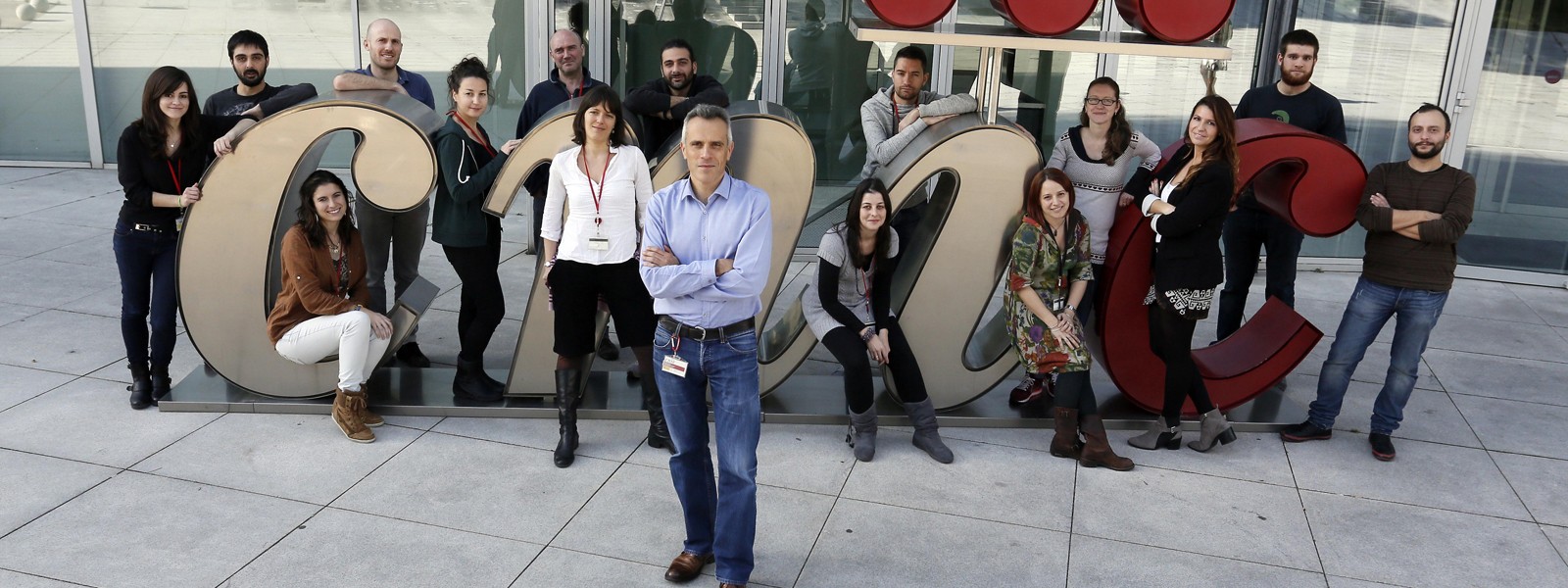DIRECTOR
RESEARCH TEAM
Mauro Sbroggiòm, Beatriz Martínez Poveda, Belén Prados Pinto, Marcos Siguero Álvarez, Gaetano D’Amato, Patricia Martínez Martín, Abel Galicia Martín and Sara Perruca Magro, Spanish National Center for Cardiovascular Research.
COLLABORATING INSTITUTIONS
DESCRIPTION
Background: Left ventricular non-compaction (LVNC) is the third most frequent cardiomyopathy after dilated and hypertrophic cardiomyopathy, and its prevalence ranges from 0.05% to 0.3% of the general population.
LVNC is characterized by the presence of prominent sheets of cardiomyocytes (trabeculae) within the ventricular wall resulting from the disruption in the trabecular compaction process that occurs during gestation. LVNC can be benign and manifest as depressed systolic function, but its clinical manifestation and the age of the affected individual at symptom onset are highly variable.
Classical complications include systemic embolism, malignant arrhythmias, heart failure and sudden death. LVNC has a genetic basis and is caused by mutations in genes encoding sarcomere, cytoskeletal, and nuclear membrane and chaperon proteins.
We have recently shown that two different mutations in the NOTCH pathway regulator MIB1 (MINDBOMB HOMOLOG 1) cause LVNC in autosomal-dominant pedigrees. Mib1 targeted mutant mice show an abnormal persistence of a fetal gene expression program, supporting a developmental basis for LVNC.
Specific aims:
- In vivo modeling of LVNC cardiomyopathy in mice harboring “humanized” MIB1 mutations;
- In vitro modeling of the effect of human MIB1 mutations in the differentiation of iPSC-derived cardiomyocytes;
- Deep Sequencing of the NOTCH pathway in a cohort of LVNC patients.
Methodology:
- Generation of mice with targeted mutations reproducing the two MIB1 alleles identified in LVNC families;
- Generation of iPSC from LVNC patient´s skin fibroblasts to address their cardiomyocyte differentiation/maturation potential;
- NGS to sequence all NOTCH pathway genes in our cohort of LVNC patients.
Expected results: Establish how alterations in NOTCH signaling affect ventricular chamber development and cause LVNC, characterize the cell differentiation phenotype caused by the two different MIB1 mutations, determine the impact of alterations in NOTCH pathway genes in LVNC and its utility as a genetic diagnostic marker of this cardiomyopathy.

